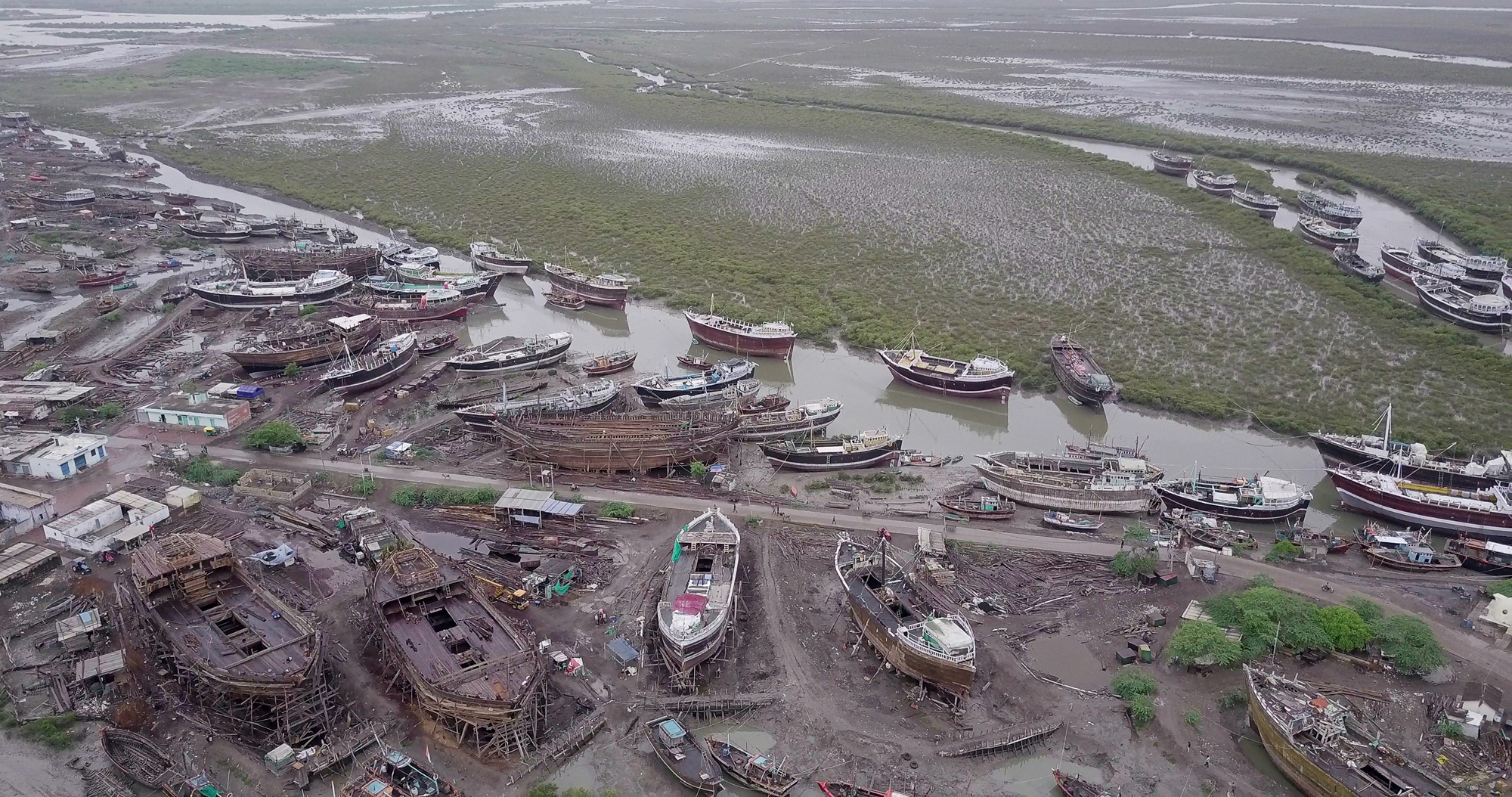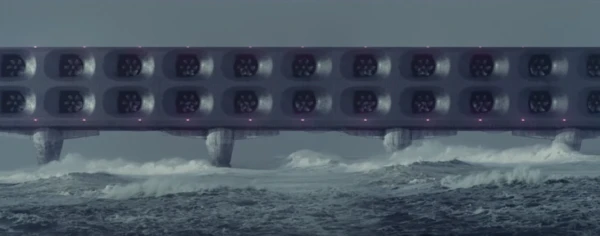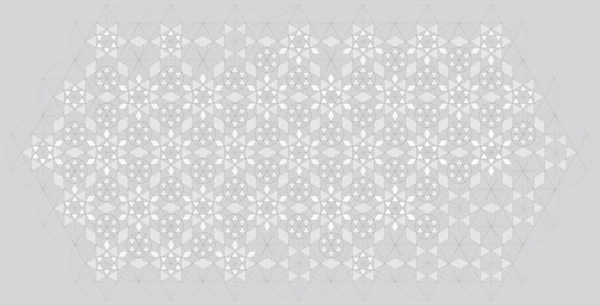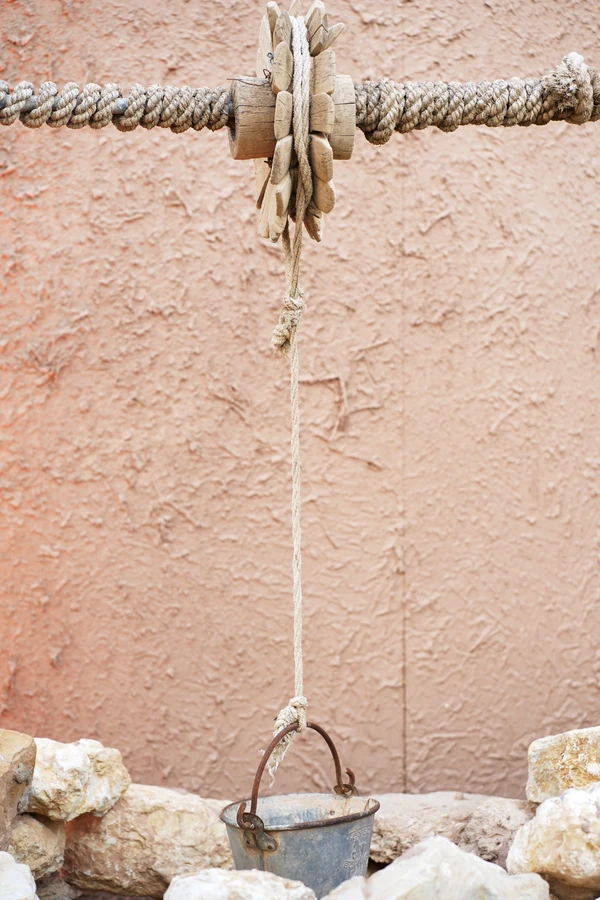The Great Endeavor
Liam Young
Speculative architect and filmmaker Liam Young reflects on The Great Endeavor, a 2023 work that depicts a planetary carbon removal and storage industry emerging in the near future as part of the solution to the climate crisis.
In The Great Endeavor (2023), Young presents a stubbornly optimistic proposition to terraform our collapsing planet. Beyond curbing or reducing carbon emissions, environmental scientist Holly Jean Buck, the short film’s science consultant, advocates we “decolonize the atmosphere” by removing greenhouse gases entirely. What if an enormous carbon-capturing infrastructure were built to mineralize carbon dioxide into desert rock, or inject it beneath the seabed? What if this were the largest engineering project ever, matching the scale of the international fossil fuel industry, but wholly powered by renewable energy?
With sweeping pans and long takes, Young highlights a giant, machine-like edifice being towed by ships to rise, like a leviathan robot savior, from the crashing waves. The hyperrealistic, coldly gray steel structure, outlined by blinking red lights, ironically resembles an oil rig, except ecological rescue is in action here. Across the endless ocean, constellations of tidal turbines spin; in dusty deserts, solar panel fields glimmer like dragon skin. Young’s “new technological sublime” hums along to “a new planetary workers’ song”: the pulsing, increasingly loud chorus of multitracked voices underscores new labor’s invisibility—human presence is only implied here, presumably operating the massive machineries that save us from ourselves. (Workwear imagined for these unseen inhabitants is on view in Exhibition Hall B1.) Young is no romantic dreamer: in its very title, The Great Endeavor acknowledges the unprecedented degree of global collaboration needed for this undertaking. In his visual materialization of solutions, currently being researched, he challenges us to make the seemingly impossible an urgent reality.
The Great Endeavor (2023) is on display at Exhibition Hall B1 as part of the Diriyah Contemporary Art Biennale 2024 Film Program.

























